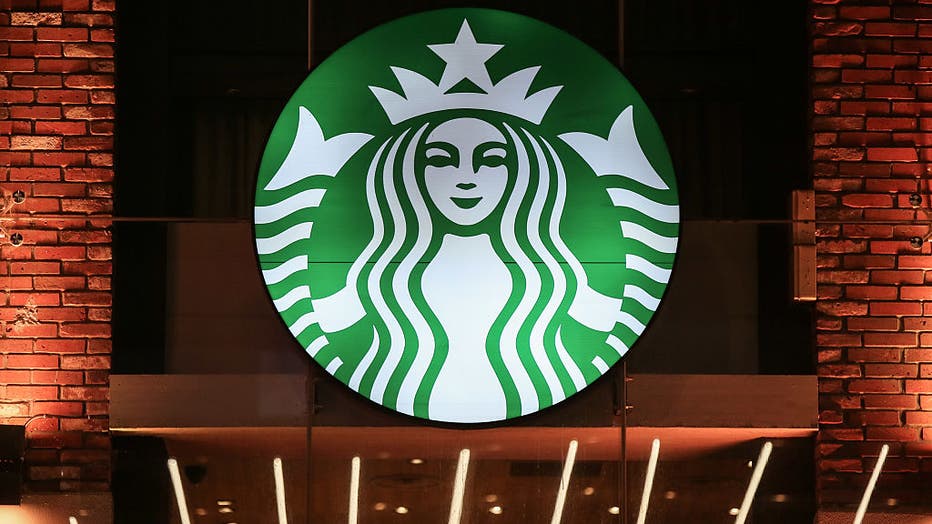Why Starbucks workers are protesting the new dress code
More than 1,000 Starbucks baristas across 75 stores have gone on strike since Sunday, protesting a new company dress code that limits what employees can wear beneath their green aprons.
The strikes, organized by Starbucks Workers United, add a fresh point of contention in the long-running labor dispute between the coffee chain and its unionized workers.
What is the new Starbucks dress code?
The backstory:
Beginning Monday, Starbucks began enforcing a stricter uniform policy in both company-operated and licensed stores across the U.S. and Canada. Employees are now required to wear solid black shirts and black, khaki, or blue denim pants—a change from previous guidelines that allowed more color variety and patterns.
Starbucks says the goal is to create more visual consistency and make the iconic green apron stand out, reinforcing brand identity and familiarity for customers.
Why are workers striking over uniforms?
The other side:
Starbucks Workers United says the company should have negotiated the policy with the union, which represents workers at over 570 of Starbucks’ roughly 10,000 company-owned stores.
"Starbucks has lost its way," said Paige Summers, a shift supervisor from Hanover, Maryland. "Instead of listening to baristas who make the Starbucks experience what it is, they are focused on all the wrong things, like implementing a restrictive new dress code."

A Starbucks corporation logo. (Photo by Faris Hadziq/SOPA Images/LightRocket via Getty Images)
Some workers also pointed out that Starbucks-branded apparel that employees are no longer allowed to wear remains for sale on internal company websites. While the company offered two free black T-shirts to each employee, union members said that gesture didn’t address their concerns about autonomy and workplace culture.
How much impact is the strike having?
By the numbers:
Starbucks downplayed the effects of the strike on Wednesday, saying more than 99% of stores remain open and that some strike actions lasted less than an hour. "It would be more productive if the union would put the same effort into coming back to the table that they’re putting into protesting wearing black shirts to work," Starbucks said in a statement.
The union responded by filing a complaint with the National Labor Relations Board, alleging that the company failed to bargain over the dress code changes. Despite agreeing to resume negotiations in February 2024, Starbucks and the union have yet to reach a contract at any store.
The Source: This article is based on Associated Press reporting and includes direct statements from Starbucks, union representatives, and current workers involved in the protest.


